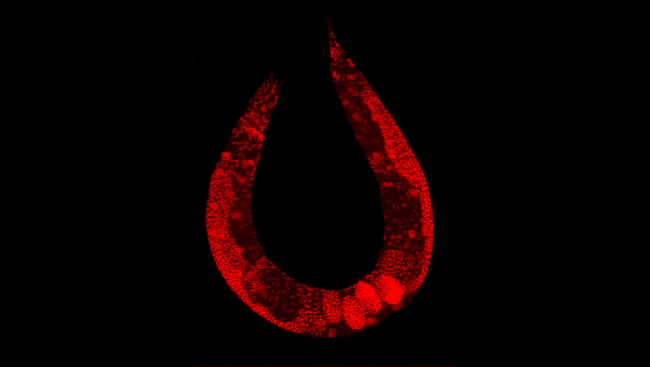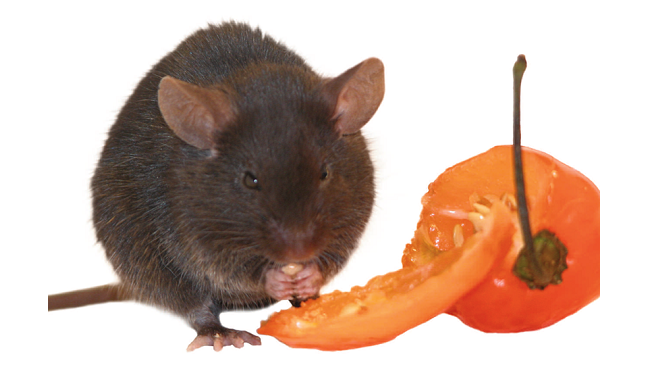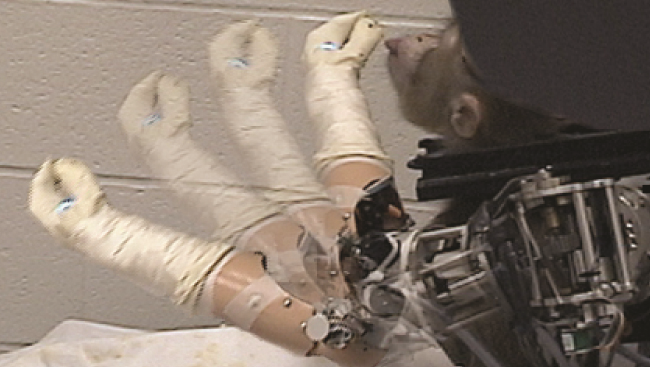Sarah-Jayne Blakemore: The Mysterious Workings of the Adolescent Brain
- Published25 Sep 2012
- Reviewed1 Feb 2013
- Author Sarah-Jayne Blakemore
- Source TED
Why do teenagers seem so much more impulsive, so much less self-aware than grown-ups? Cognitive neuroscientist Sarah-Jayne Blakemore compares the prefrontal cortex in adolescents to that of adults, to show us how typically “teenage” behavior is caused by the growing and developing brain.
CONTENT PROVIDED BY
TED
Also In Archives
Trending
Popular articles on BrainFacts.org



























